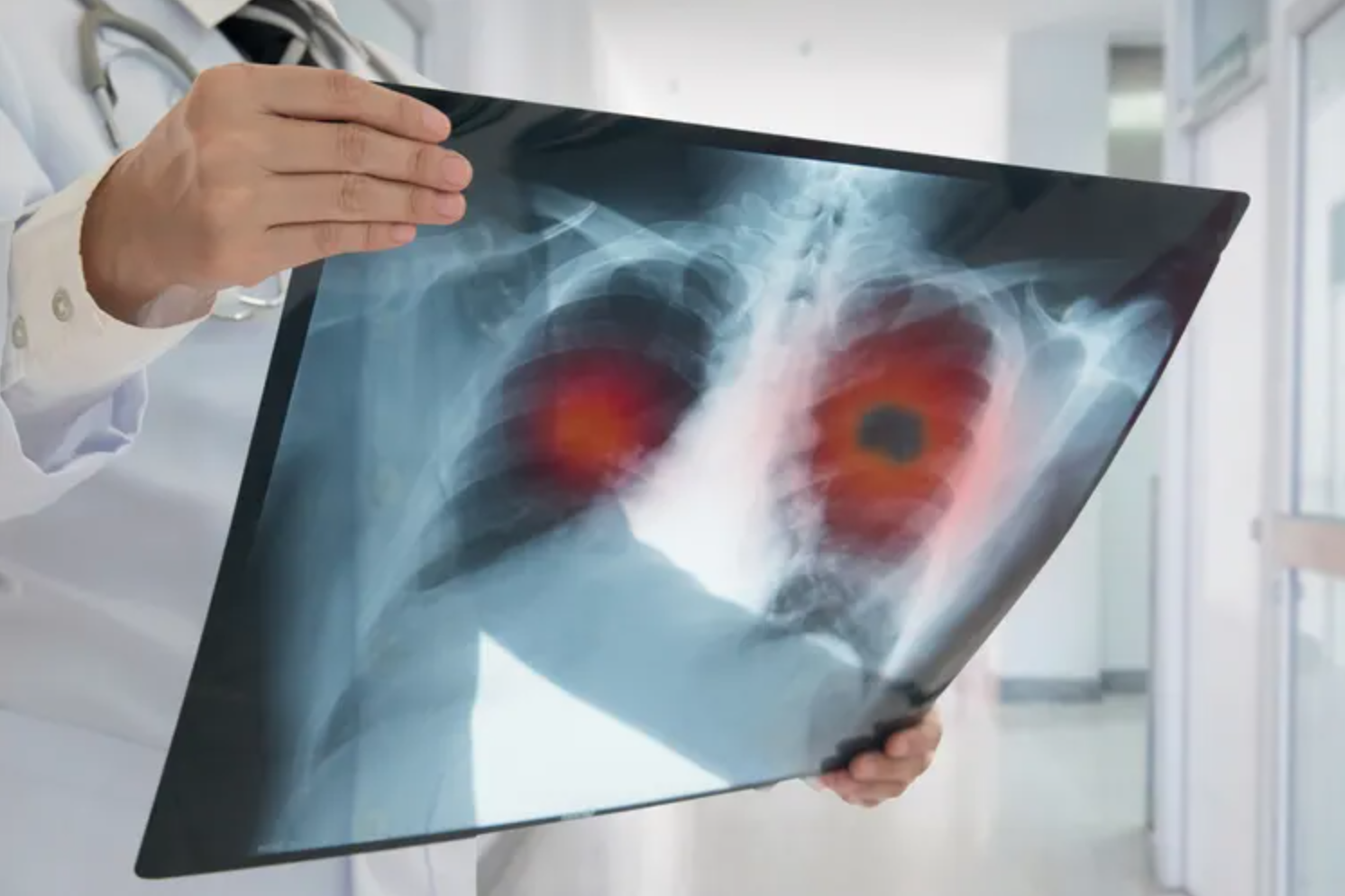The American Cancer Society states that lung cancer is the most deadly cancer in America. It kills more people in America than any other type of cancer. It’s also the second most common cancer for both men and women. However, it is very often diagnosed in late stages. This is part of why it’s so deadly. Nevertheless, some people do experience early symptoms of lung cancer.

What does early-stage lung cancer look like? It’s important to know what symptoms you might experience in early-stage lung cancer so that you can take action before it gets too severe. You can find the answers to these questions by performing an easy online search for information and resources from experts.
You’ll find many resources for lung cancer on this page as well as details right here in this article to find out more about lung cancer and how to catch it before it progresses. If you think you might be susceptible to lung cancer, then the information here will help you decide if you should see a doctor. It can also help you explain to your doctor what you’re feeling.
If you get diagnosed early enough, then you might be able to have surgery. However, if you have advanced cancer, then surgery might not be an option. It’s common for late-stage lung cancer not to be treated at all as there’s no chance of beating it. Instead, doctors treat the symptoms to keep patients comfortable.
For that reason, it’s important to be aware of your body and what’s going on. That way you can recognize problems early on.
Early Symptoms of Lung Cancer
One of the reasons lung cancer is so deadly is because many people do not exhibit any symptoms in the early stages. Even if you do have symptoms, they can often be associated with other diseases. To see this more clearly, take a look at the following example of potential early-stage lung cancer symptoms according to the American Cancer Society:
– A persistent cough that gets progressively worse
– Coughing up phlegm with blood
– Chest pain that gets worse when you laugh, cough, or inhale deeply
– Hoarse voice
– Appetite loss
– Shortness of breath
– Fatigue and weakness
– Persistent or recurring bouts of pneumonia or bronchitis
– Wheezing that comes on when you haven’t had it before
As you can see, some of these symptoms are incredibly common and can easily be connected with other issues. They can be harmless or they can be connected to serious diseases besides lung cancer. That’s why doctors don’t always immediately connect such symptoms directly to lung cancer. If you’re reading this article, you probably realize that this common scenario can also occasionally cost lives.
Many times, doctors don’t see obvious symptoms until the cancer has spread to other parts of the body. Some late-stage symptoms include bone pain, jaundice, headaches and heart problems. Once these symptoms appear, it’s often too late to effectively treat the cancer.
Pursue The Truth
If you’re having any of the symptoms mentioned above as early signs of lung cancer, then it’s best to be persistent in discussing it with your doctor. If you have a history of smoking and are over the age of 55, it shouldn’t be difficult to get screened for lung cancer. A family history of lung cancer, prolonged exposure to secondhand smoke or asbestos exposure are also risk factors.
Sometimes people without significant risk factors also get lung cancer, but it’s fairly rare. The vast majority of lung cancer cases occur in those with a history of smoking.
Treatment Options
If you do get diagnosed with lung cancer, then your doctor will consider the stage of the cancer and your overall health. If you’re in a later stage, then it’s more likely that doctors will recommend treating symptoms for comfort. Effective treatment results heavily correspond with catching the cancer early.
The Mayo Clinic states that surgery is a good option for lung cancer if the cancer is largely confined to the lungs. The surgery will remove the affected area and possibly deal with the lymph nodes as well.
Other treatment options, depending on the stage and cancer spread, include radiation, targeted drug therapy, chemotherapy and immunotherapy. Targeted drugs and immunotherapy are used in combination to find and kill cancer cells as well as trigger an immune response from the body. If your cancer has progressed too far, then doctors are more likely to prescribe medication and therapy to reduce painful symptoms. This type of treatment is called palliative care.
Catch It Early
As previously mentioned, it can be difficult to catch lung cancer in its earliest stages. However, if you can take into account your risk factors and the symptoms you’re experiencing, you can put in a request with your doctor to get screened for lung cancer. If you suddenly start having a persistent cough where you’ve never had one before, don’t assume it’s benign when you have risk factors. It’s better to get it checked out thoroughly. You never know when it might be the difference between life and death.

